Hello! Silks here, today I’m going to talk about selling your soul for cash. I mean, commission painting. I’ve seen the same questions asked again and again by people who are either interested in doing some work for commissions or looking to get some done themselves so I’m hoping my experience can help answer some of them.
I’ve been commission painting for several years now and whilst I am not the absolute authority, nor even a professional, I do pride myself on doing a good job for my client as well as not causing myself too much stress.
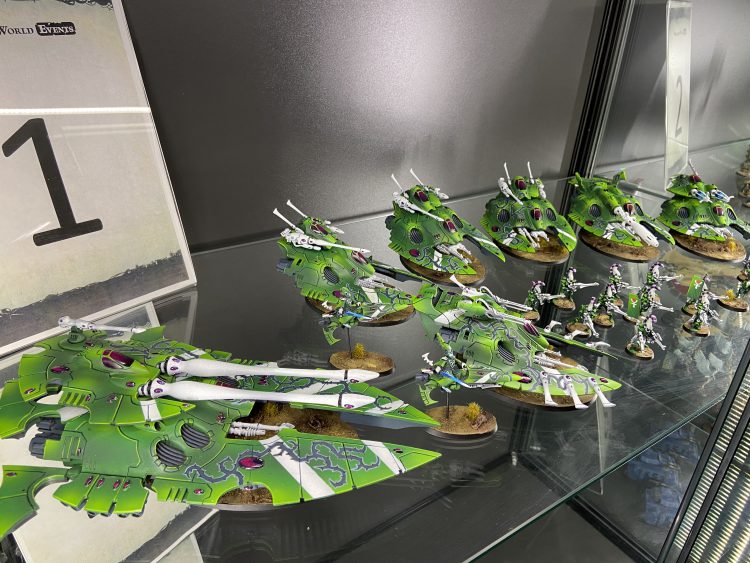
How much should I charge per hour?
This is down to you. There is a thin line between charging too much and not getting any customers or charging too little and resenting the job you said you’d do for £30 when it’s already taken you 10 hours. I would advise charging slightly more rather than slightly less for this very reason. It is the worst feeling to be staring at a pile of models you don’t want to paint and knowing you’re only getting a pittance for doing it. Also, don’t forget that you need to pay for any specific paints or materials you’ll need, as well as the general use of your hobby supplies.
It is a good idea to have a website (or Facebook page) with some examples of your models (either your personal ones or commission jobs) so that clients know what sort of level you are capable of / the style that you paint in).
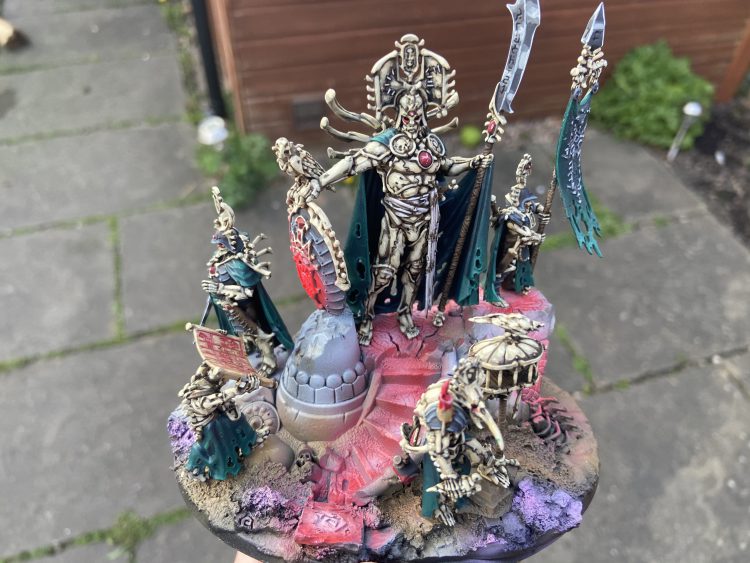
How much should I expect a Commission Painter to charge me?
It depends on the commission painter and the level of skill the paint job requires. If you’re contacting a high profile studio or world renowned painter you can expect to pay a lot more than you would pay someone who hangs around your local store touting for business. But then you are also paying for piece of mind, people who do this for a living survive on their reputation and their quality. Don’t forget, if you want your model posted first class, tracked, across the Atlantic that is something you will also have to pay for.
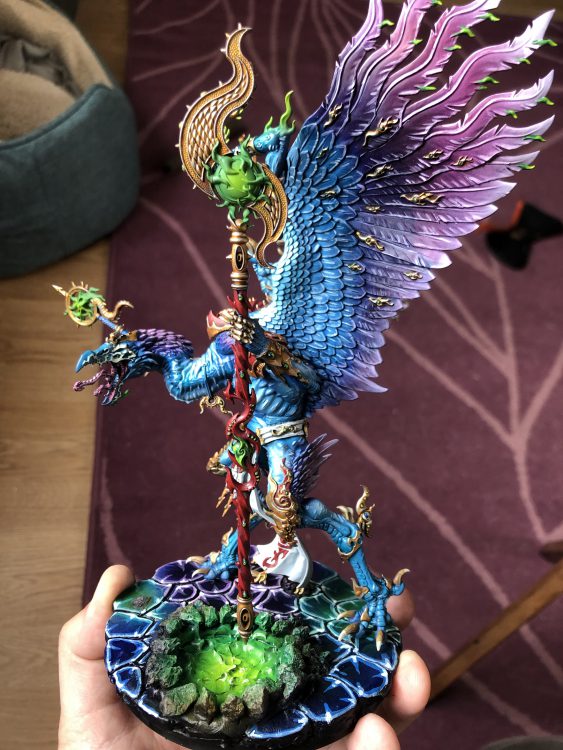
Discussing what you want
This is important for both the painter and the commissioner. I would strongly suggest that you give as much detail as possible about what you want. This isn’t to say you should pick out the exact paint colours and techniques, but be honest about what you want. This is the time where you should nail down things like building the models, magnetisation, expected quality levels, colour scheme and basing. You do not want to have the conversation “oh, can you just add some freehand” when you’re halfway through.
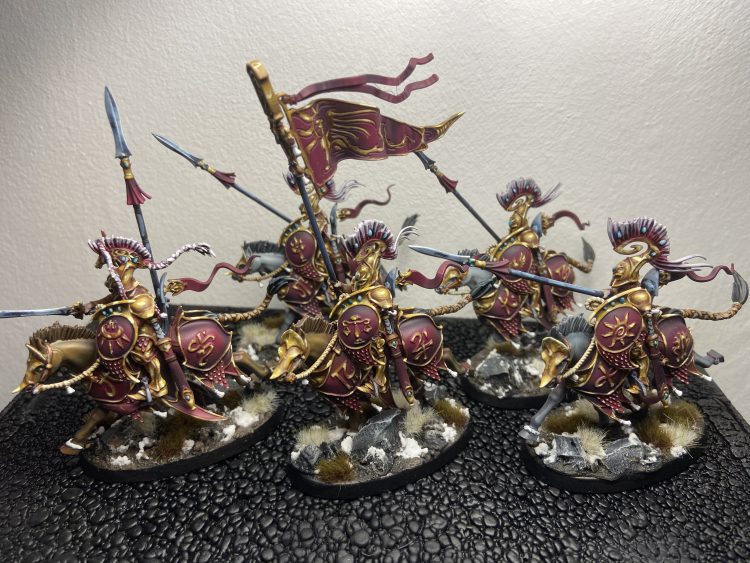
Pricing it up
Once I think that I have an understanding of what the client wants I will give them a breakdown of what I am going to do. For example, here’s the pricing for a unit of Wraithblades I did recently. The client wanted them built and fully magnetised
4 Hours to Build and Magnetise
3 Hours to Paint
1 Hour to Base
I then let him know my hourly rate and asked for a small amount extra to cover materials. This is good as the client can see where the money is being spent and if they decide that it is slightly too expensive they always have the option of doing the building / magnetising themselves to save cash.
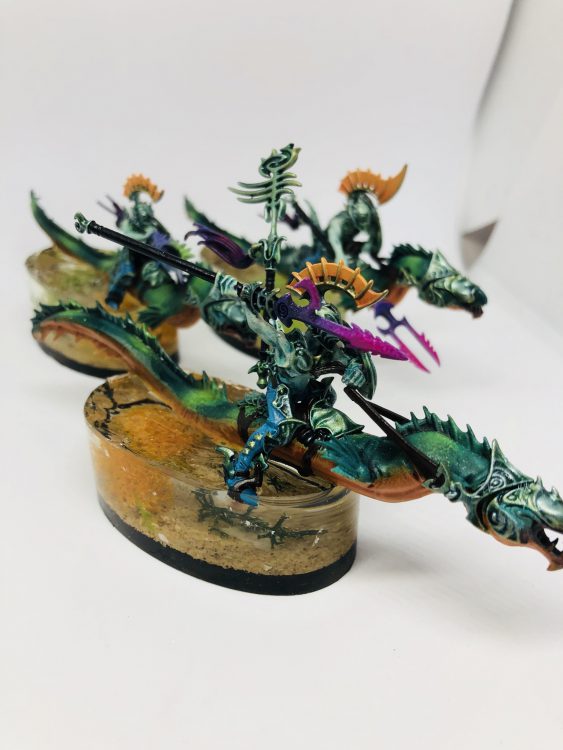
How to get the models
You have a few options here, if the client is building them they can just post them to you. If you’re building them as part of the commission I tend to ask the client to order them from their favourite online hobby shop but set the delivery address to my house.
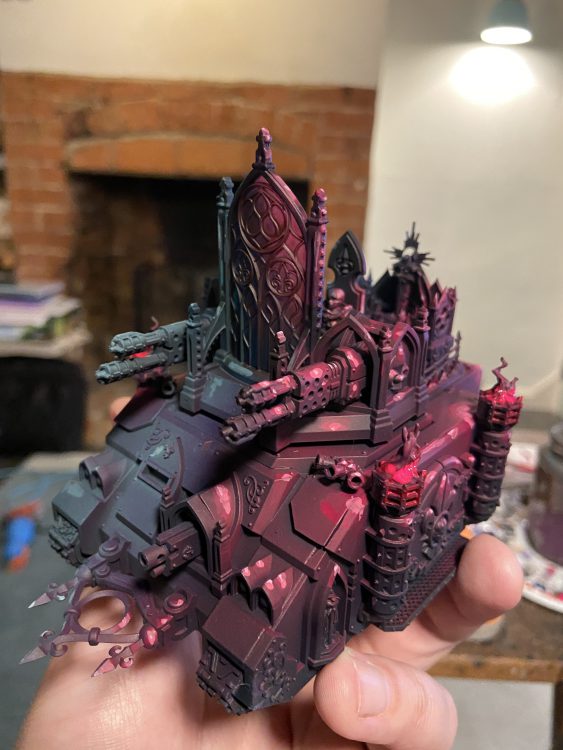
Deposit
This is entirely up to you and how much you trust the client to come through on payment. If it’s a small commission for a squad I normally won’t charge a commission, if they decide not to pay you can just sell the models on. If they’re commissioning a whole army then yeah, I’ll be getting a deposit!

Updates
Both as a painter and a client, you should expect updates. Personally I would absolutely recommend painting a test model in the colour scheme you are planning and sending it to the client. This way they can let you know if there are any things you have misinterpreted or changes that need making. I will then send updates as and when I do work on them (for example all of the airbrushing done, all of the magnetising done e.t.c). Disappearing into a black whole of communication means more stress for everyone involved.
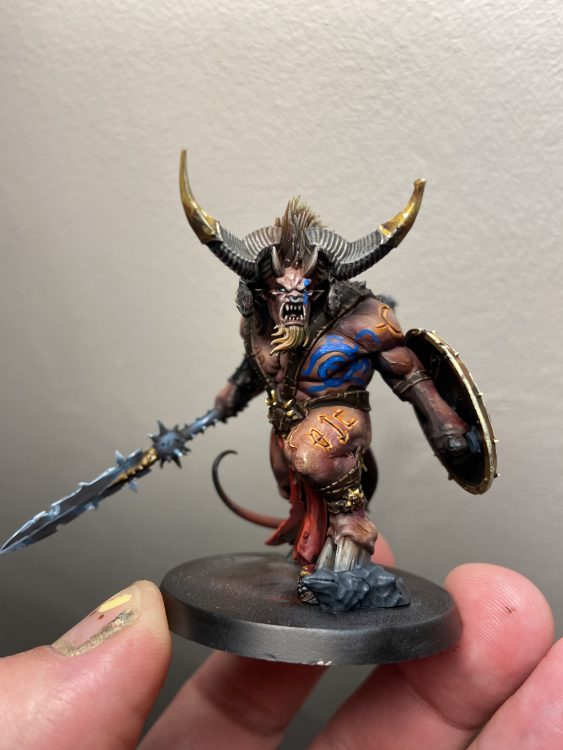
Timing
When I have a commission, that is what I paint. No matter if I’ve just got the new Space Marine model and really want to get it tabletop ready for my army, it has to wait. Now, this is a personal decision, but when it comes to services you are selling I think it is the only sensible way to proceed. If you’re lucky enough to do this as your full time career then you may have personal time in the evenings to work on your own hobby, but if you’re commission painting in your spare time you have to prioritise what you have agreed. As a client, if you have a deadline coming up, make sure you bring this up in the initial discussions and make sure it’s a reasonable deadline (including posting models)

Efficiancy
Unless your client is paying you to do an absolute masterpiece on one model, you want to be able to provide the best result consistently and in a timely way. Having an airbrush is most definitely one of the biggest things to improve this, but learning how to batch paint efficiently and make use of your time while washes are drying e.t.c will make the whole thing go much better and stop you from going over your quoted time.
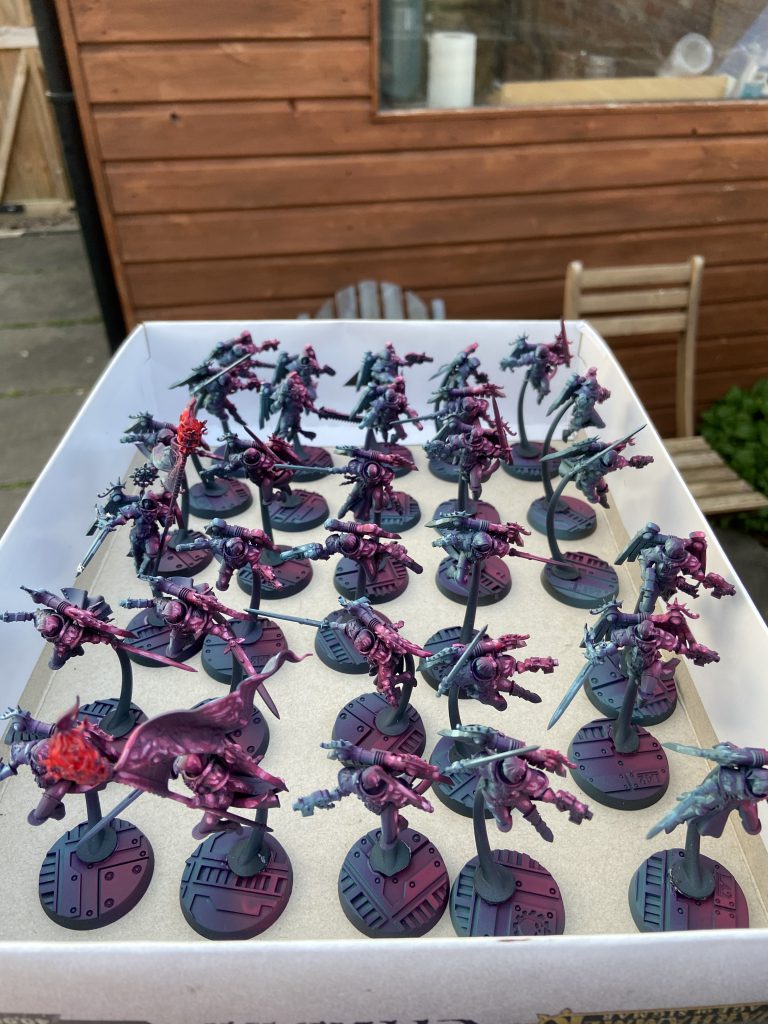
This all sounds like a lot of hassle
It is! People don’t pay you money for having a chilled out time, they’re paying you for a service. It can very easily lead to burnout and it is not the right choice for everyone. However, if you enjoy it and do it well it can be a really nice way to use your hobby and enjoyment to support new purchases for yourself and allows you to paint models and styles you wouldn’t necessarily paint for yourself.
Anything you disagree with? Any other tips or experiences? Drop us a note in the comments below or email us at contact@goonhammer.com.


